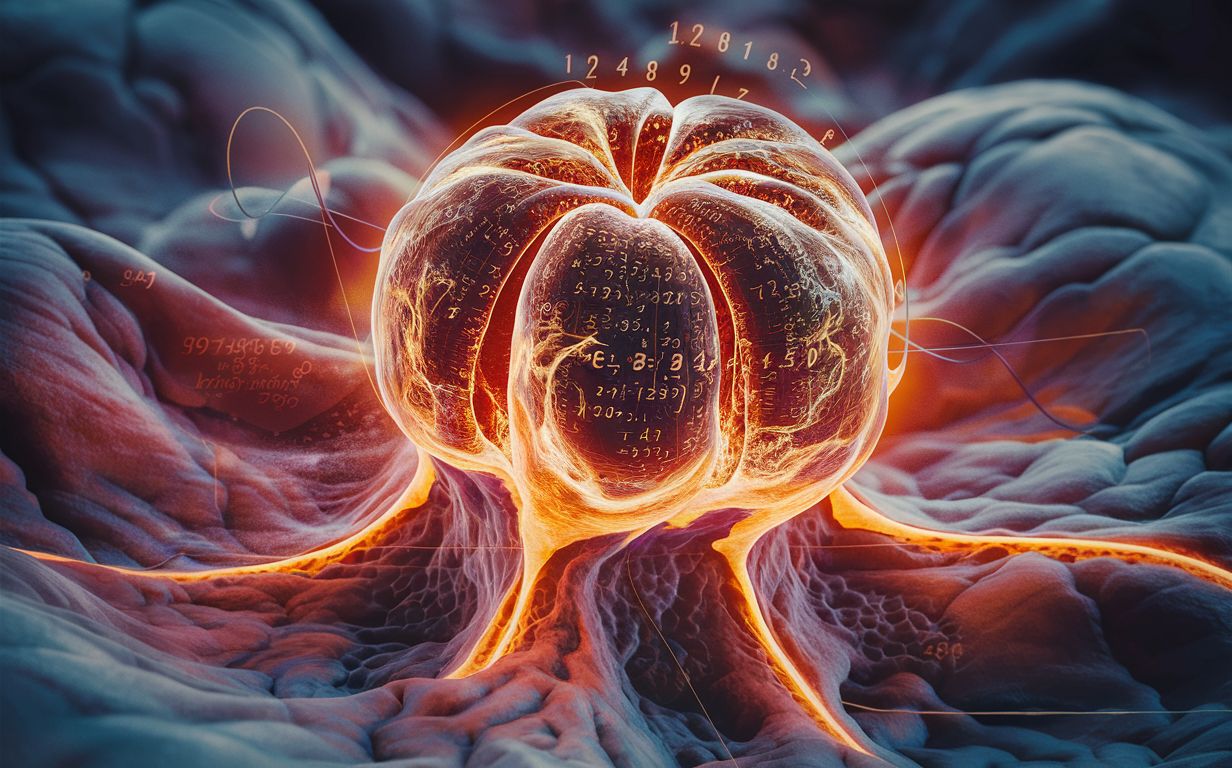Follow us on Google News (click on ☆)

IJCLab and GHU Paris Sainte-Anne have made a significant step forward towards better treatment of low-grade gliomas. These cancerous brain tumors, characterized by their slow development and resilience, are usually surgically removed. However, this is often not sufficient as isolated tumor cells frequently infiltrate the patient's brain.
It becomes necessary to resort to traditional adjuvant treatments such as chemotherapy or radiotherapy. Following these secondary treatments, the tumor radius indeed decreases over a period that varies greatly among patients, spanning several months or even years. Ultimately, though, tumor development inevitably resumes, necessitating further intervention.
The challenge for doctors is to adjust post-treatment monitoring to not miss the moment when the tumor recurs. To address this issue, Stéphane Plaszczynski, Basile Grammaticos, Jean-Eric Campagne, and Mathilde Badoual (IJCLab), along with Johan Pallud (GHU Paris Sainte-Anne), have developed their model.
To predict when the tumor starts growing again after radiotherapy, the researchers used a preexisting model involving the migration and proliferation of tumor cells.
Thus, using the data collected and shared by Hôpital Paris Sainte-Anne and cross-referencing five key parameters (tumor age at the time of radiotherapy, diffusion and proliferation coefficients, and two parameters related to cell death by irradiation), they managed to replicate the growth data and radiotherapy effects of 43 patients.
Then, based on only three measurements of the tumor radius (before, during, and after treatment), the model accurately estimates the tumor's decay time in 75% of cases, paving the way for more tailored and effective radiotherapy treatments.
For Mathilde Badoual, who participated in this effort at IJCLab, the path to a thorough understanding of the evolution of low-grade gliomas remains long: "In the coming years, we will work on refining our prediction using a phenomenological correlation observed between the parameters. We also wish to apply our predictions to patients outside our database. Finally, it should be noted that our model only applies to tumors treated with radiotherapy alone, whereas an increasing number of patients undergo combined radiotherapy and chemotherapy. Therefore, we plan to reexamine our study with patients who received this dual treatment".